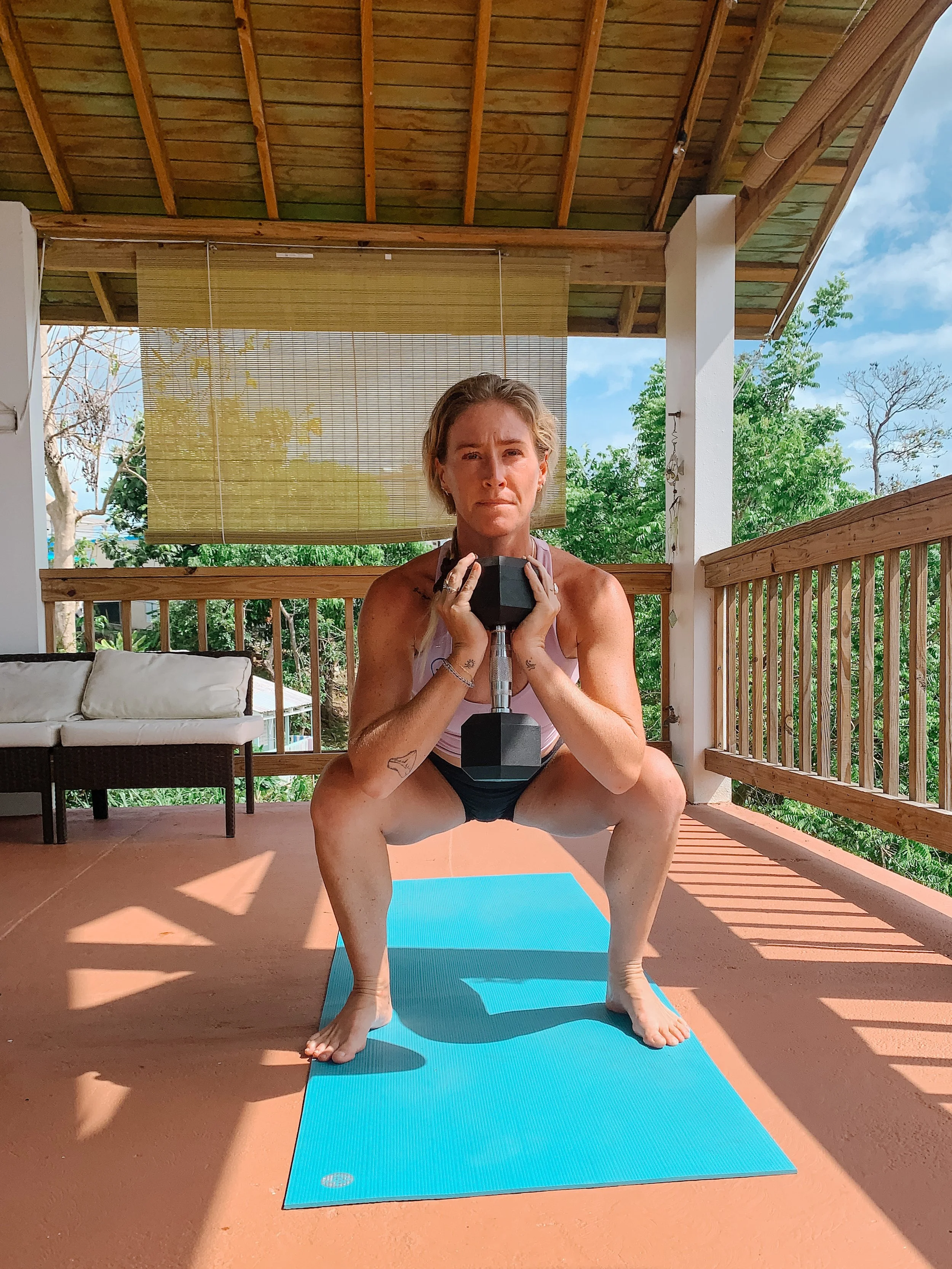We all train for a variety of reasons.
For some, exercise is a form of stress relief, helping them to clear their mind and release tension. For others, working out is a way to improve their physical health and reduce their risk of chronic illnesses such as heart disease and diabetes. Some people train to feel more confident in their bodies, and others may work out to improve their athletic performance or to train for a specific event, such as a race or competition, or in preparation for a high season of surfing. Regardless of the reason, or the modality, I think we can all agree that training and exercise has numerous benefits and is a crucial aspect of maintaining overall health and well-being.
If you want to ensure that the hard work you put into your training pays off when it matters, here are 3 tips that I’ve found helpful to get the most out of each session and to amplify the results!
BE MINDFUL.
Stay present to your experience in your training. Pay attention to how you feel as you warm up, tune into your breath, and notice any internal dialogue while you train. There are numerous benefits when it comes to mindfulness, but when it comes to more mindful training, the ‘simple’ act of paying attention can:
help to enhance your body awareness and can support more efficient and more economic movement.
give you the tools to decipher between pushing yourself towards growth or pushing yourself into injury.
help you to notice when your internal dialogue is negative and provides a platform to shift that dialogue into something more positive and helpful.
Balance is key.
And when I say balance, I’m not only speaking to a standing-on-one-foot kind of balance — although, that’s important too — but what I really mean when I say balance is a well-rounded training program to support a strong & balanced body and mind.
Combining multiple modalities like strength training, cardio, mobility, and meditation can support different systems and functions within the body to promote better overall health and well-being.
A balanced training program can also increase overall resiliency and adaptability while also minimizing risk of injury.
Switching things up can also help keep training fun and exciting which is more likely to keep you committed and engaged!
Don’t skip recovery!
Speaking of a well-balanced program… PLEASE don’t skip recovery. In fact, think of all the time that you’re not training, or actively engaging in your sport, as recovery time. Because aside from the training itself, recovery is the most important part of the process — both are equally important for the whole. Recovery is where the growth, healing, adaptations, and recalibrations occur — think of it as the space where the “gains” actually happen and as preparation for your next training session!
Try some soothing breath work (like a slow, relaxed exhale) to help you downshift into the parasympathetic mode of your nervous system (also known as rest and digest).
Or check out a Restorative Yoga pose like Legs Up the Wall: Sit sideways to the wall and lean back to kick your legs up the wall. Let your legs lean into the support of the wall while your torso + head leans into the support of the floor. Stay for 1-5 minutes. Check out some of my posts on Restorative Yoga:
Even some gentle & ‘melting’ myofascial release can be helpful to create this downshift for recovery and rejuvenation. Check out some of my MFR tutorials here.

